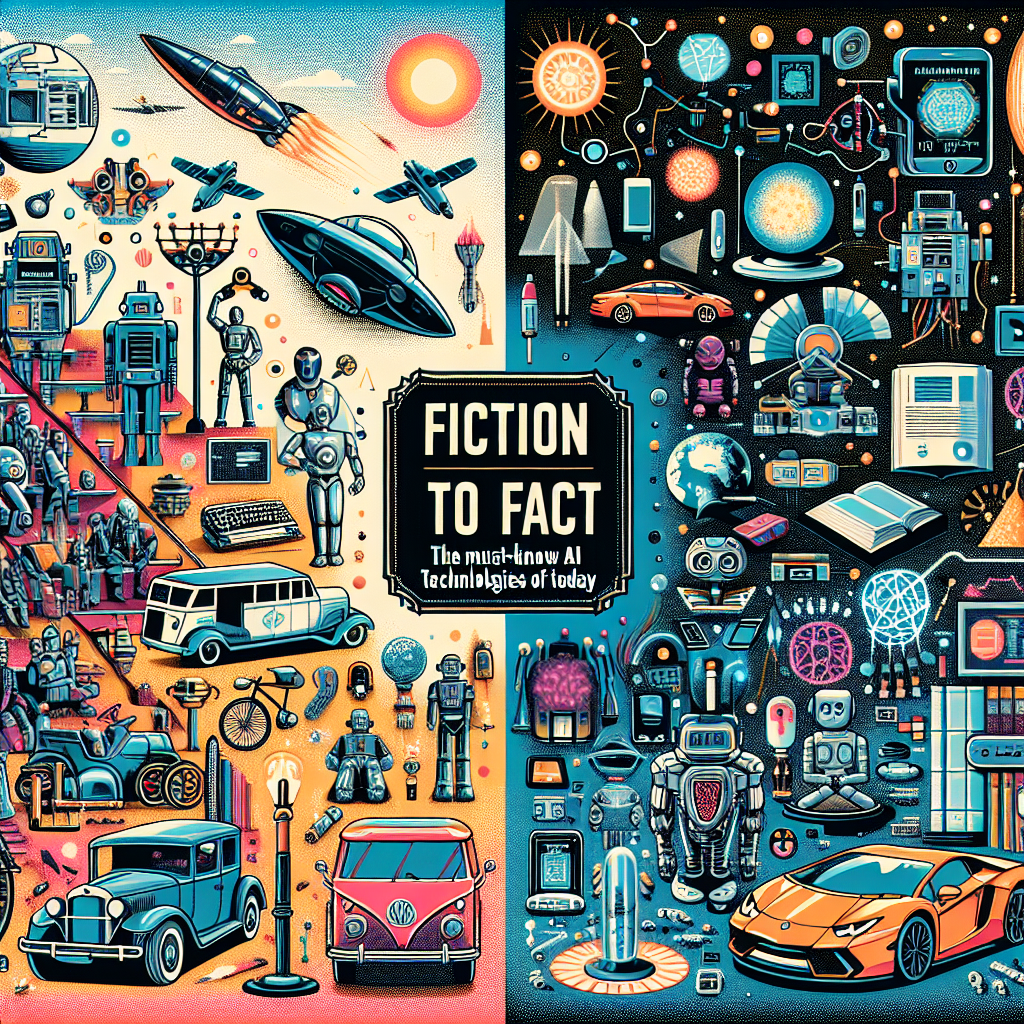Artificial Intelligence (AI) has been a staple in science fiction for decades. From the intelligent robots seen in movies like I, Robot to the powerful HAL 9000 portrayed in 2001: A Space Odyssey, AI has fueled our creativity. However, recent breakthroughs have begun to transform many of these once-fantastical concepts into practical solutions. Here’s an overview of some of the newest AI advancements that are changing various industries and our everyday lives.
1. Natural Language Processing (NLP)
The Emergence of Conversational AI
Natural Language Processing enables machines to comprehend and interact with human language in a manner that feels intuitive. Innovations like GPT-3 from OpenAI have made it feasible for machines to produce human-like text, facilitating applications in customer service chatbots, content generation, and even programming assistance. As these technologies continue to evolve, their ability to engage in substantial dialogues increases, making them crucial in numerous fields.
Implications
- Customer Service: Companies are employing AI-powered chatbots for managing inquiries and providing support, allowing for 24/7 availability.
- Content Generation: Writers and marketers leverage AI tools for brainstorming, drafting, and optimizing content for SEO.
2. Computer Vision
Machines That See and Comprehend
Computer vision technology permits machines to interpret and analyze visual information from their surroundings. From facial recognition systems to autonomous vehicles equipped with sophisticated sensors, this technology has made significant advancements.
Applications
- Autonomous Vehicles: Firms such as Tesla and Waymo are utilizing computer vision in self-driving cars, allowing them to safely navigate intricate environments.
- Healthcare: AI is revolutionizing diagnostics by accurately analyzing medical images, including X-rays and MRIs, exceeding human proficiency.
3. Generative AI
Generating New Content
Generative AI encompasses algorithms capable of producing new content—from visuals and videos to music and written material. Platforms like DALL-E and Midjourney empower users to create artistic images simply by describing their concepts.
Use Cases
- Entertainment: AI is utilized to craft realistic visual effects in films and compose music, presenting new creative possibilities for artists.
- Personalization: Brands harness generative AI to develop customized marketing assets based on user preferences and behaviors.
4. Machine Learning for Predictive Analytics
Forecasting Future Trends
Machine learning algorithms process extensive datasets to uncover patterns and make future predictions. This capability is transforming sectors such as finance, healthcare, and retail.
Practical Examples
- Finance: AI systems can identify fraudulent transactions by analyzing real-time transaction patterns.
- Healthcare: Predictive analytics can anticipate disease outbreaks, allowing for prompt interventions and resource distribution.
5. AI Ethics and Regulation
An Increasingly Important Issue
As AI technologies evolve swiftly, ethical concerns and regulatory measures are becoming crucial. Discussions about algorithmic fairness, data privacy, and accountability are vital for creating responsible AI systems.
Moving Forward
- Transparency: Organizations are encouraged to adopt transparent AI practices, ensuring that their decision-making procedures are clear.
- Regulatory Frameworks: Governments globally are starting to implement regulations to ensure that AI technologies are safely and ethically employed, striking a balance between innovation and user protection.
Conclusion
The transition from science fiction to reality in AI technologies is not only remarkable; it is transformational. As these systems become further integrated into everyday life, their influence will only continue to expand. Whether by enhancing customer interactions, improving healthcare results, or revolutionizing autonomous vehicles, these innovations are forging a path toward a future where humans and machines collaborate more seamlessly than ever. Staying abreast of these advancements is essential, as the trajectory of AI will shape everything from our workplaces to our leisure activities in the years ahead.

